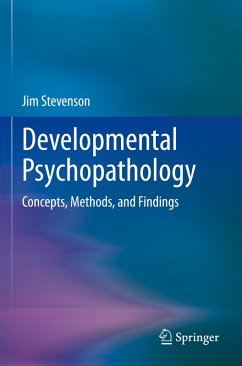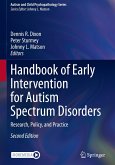This book addresses the question of whether or not behavioural differences between children can be most appropriately characterised by dimensions of psychological problems or by categorical diagnoses. It describes the concepts and methods that have been developed and applied within developmental psychopathology using this dimensional approach. The book reviews evidence on the interplay between genes and the environment in influencing internalising problems, externalising problems, Attention Deficit Hyperactivity Disorder (ADHD) and Autism Spectrum Disorder (ASD), and on the hierarchical factor structure underlying these behavioural dimensions. It provides an appraisal of the state of knowledge on the longer-term sequelae of these problems and on the efficacy of treatments that have been developed for them.Key areas of coverage include:Multivariate data analytic methods for investigating behavioural differences (e.g., path analysis, cluster analysis, structural equation modelling,network analysis) and their associated theoretical frameworks (e.g., hierarchical factor models).Methods to investigate the biology of behavioural differences (e.g., quantitative and molecular genetics, epigenetics, and brain imaging).The design of research studies that can test most directly for causality (i.e., randomised controlled trials) and others that can estimate plausible causal relationships from associations and correlations.Reviews of studies that have applied these methods to understand the developmental course of internalising and externalising behaviours and the neurodevelopmental problems of Attention Deficit Hyperactivity Disorder (ADHD) and Autism Spectrum Disorder (ASD).
Developmental Psychopathology is an essential reference for researchers, professors, and graduate students as well as clinicians and other professionals in developmental psychology, clinical child and school psychology, child and adolescentpsychiatry, paediatrics, clinical social work, public health, educational psychology, and all related disciplines.
Developmental Psychopathology is an essential reference for researchers, professors, and graduate students as well as clinicians and other professionals in developmental psychology, clinical child and school psychology, child and adolescentpsychiatry, paediatrics, clinical social work, public health, educational psychology, and all related disciplines.








